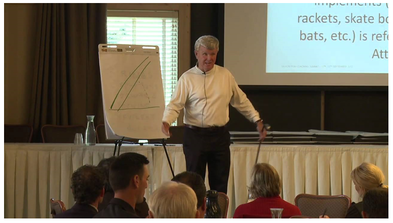 See a video of Michael discussing his learning insights at a PGA seminar below See a video of Michael discussing his learning insights at a PGA seminar below Insights into the topics of learning and teaching can be enhanced by two questions: How does one actually go from not knowing to knowing? How do lessons provided become lessons learned?... The answers to these questions are found when there is a positive response to this question; "is the approach to learning compatible with the brains information processing system?" The gateway to learning is the brain and any information delivery system should be brain compatible if it expects to be efficient. “Meaningful learning involves acknowledging the brains rules for learning.” (Caine and Caine. page 14) Why should we care about the brain? Because it runs the show. It’s the brain that recognizes options, has problem solving skills, and stores memories. While meaningful insights into the nature of learning can be counter-intuitive they are invaluable.“ "Education makes for better minds, and knowledge of the mind makes better education.” - Daniel T. Willingham Educators, parents, coaches, employees, instructors, trainers, or any individual who wants to efficiently support acts of learning anything (even golf) hopefully are using a brain compatible student centered information delivery systems. Efficient approaches to learning are trying to change poor insight, not poor habits. Individuals learn the lesson to be learned more efficiently when the nature of learning is taken into consideration before acts of learning and teaching go into motion. Play with this question: how could any approach to sharing new information expect to be effective without taking into consideration the nature of learning first? The process of learning and retaining information and skills is often over looked in favor of the interesting content found in subject matter information, or “How to” directions from a perceived expert. Unfortunately, information can be intellectually interesting, but educationally vacant. 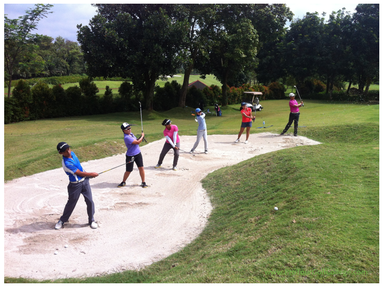 A master of anything was first a master of Learning! Play with the idea that any school, coach, parent, or employer who is trying to change poor outcomes without first enhancing learning potential, will not be as efficient as they could be. It’s only after a student’s learning potential is enhanced that their performance potential and self-confidence can improve. Advancing a potential for learning requires insights into supporting the dignity of the individual student. Enhancing such dignity improves the influence individuals will have over their own life. America was to be the land of a free and independent will, where one could accomplish their own visions. When some organized formal approaches to education started to use controlling acts of teaching, this often birthed non-thinking students who no longer felt free to explore, discover, and invent. Freedom allows individuals to invest in themselves (constructing personal knowledge), as they gain an education for use in ever-changing real world environments. This kind of education cannot be given, but it can be gained in student centered environments through the free will of using self-skills including, self-discovery and self-assessment. Freedom in all its facets preserves the very foundation upon which curiosity, observations, and learning are set. Relevant learning, meaningful progress, and long term development support the dignity of a human beings self-image, growing their self-reliance skills. This is not a new reality, but only a return to what has always existed at the core of fully experiencing what it means to be a human being, and not a human follower. 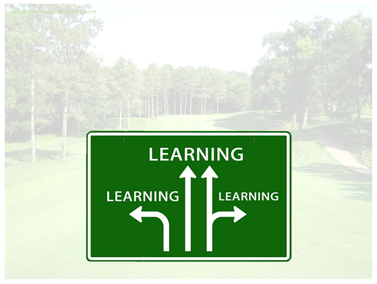 For approaches to education to become more meaningful, it seems we should begin using current findings from science about the nature of learning and change some of our traditional views about making progress. Workable learning environments are founded on student centered/teacher assisted approaches, not on “here’s my money tell me what’s wrong, then tell me what you want me to do,” approaches. Efficient approaches to education are normally caretakers of learning skill and not teachers of subjects. It’s by mobilizing and harnessing an individual’s natural resources for learning without consciously trying to learn that they can reach their potential in sports, business and all walks of life. The views given here are based on mankind’s natural gift for learning without consciously trying to learn. “Everyone is born a genius” R. Buckminster Fuller, (p. 15 The Birth of The Mind by Gary Marcus). Human beings are conceived and come into the world with the ability to instantaneously and simultaneously be a perfect self-learner and a perfect self-teacher. For example, thousands of years ago when our ancestors learned that some animals were dangerous, they learned to hide, or hunt, or stay out of harm’s way! Our brain is designed to first learn (become aware), and then teach (adjust), but many approaches to learning are trying to teach first with the hope students will then learn. This subtle difference is at the core of progress that does not last. Coaches, instructors and educators should consider learning about nature of learning, before they attempt to educate. 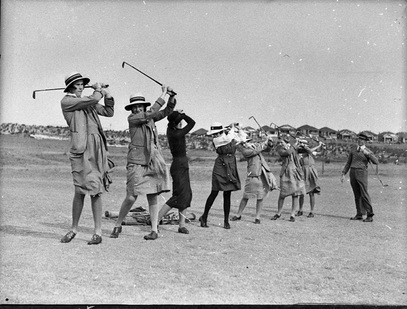 Teacher centered, content centered, non-active environments often fragment learning potential. If the brain could talk we may hear, “help me learn on my own – Me do! Me do! Please do not give me directions, then stand there and watch to see if I am doing, or not doing what you want me to do.” The best ingredients on earth for learning are curiosity, imagination, and improvisation. Let’s go back in time, to the first exchange of advice or how to direction. Was this first offer of advice requested or given without being asked for? It is my assumption that the first exchange of advice that was offered up without a request. Because of what we are learning about long-term progress, we now know that well-meaning “how to” directions can fragment learning. Self-discovery and self-assessment were the advice givers that guided the human race through its journey of development for thousands of years. Approaches to learning should help people gain an advantage they did not have. Gaining a good education is more about acquiring tools and insights that can enhance one’s ability to construct and expand our personal “know how” knowledge, then about memorizing information or following “How to” directions. The joy that goes with doing things for one’s self arrives when nature’s plan for efficient learning and the natural need to be independent are not being damaged by “outsourcing” the job of gathering information about the environment to someone else’s impressions. Someone else’s insights are a poor substitute for an education earned through self-discovery. Don’t go out for dinner; stay home when it comes to learning. "Telling has never been teaching, and listening has never been learning” Bob Barkley PGA MP. Play with the idea that when students are not learning in schools, business training, or sports instruction programs, it’s the approach to learning that needs more education, not the students. When learning, individuals must be encouraged to be their own private investigators. (“How to” directions do not offer this opportunity). Information becomes knowledge after self-discovery turns into “know how” skills beyond the classroom. 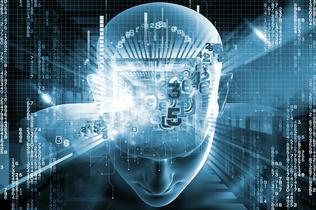 Our Intelligence In 1994, a group of fifty-two (52) respected scholars formulated a scientific consensus and defined intelligence. Their definition of intelligence is in the article “Mainstream Science On Intelligence” (published in the Wall Street Journal), is as follows: “the ability to reason, plan, solve problems, think abstractly, comprehend complex ideas, learn quickly, and learn from experience; the ability to ‘catch on’, make sense of things, and figure out what to do.” (No mention of following direction) Our brain is a malleable living organ, (not just a notebook to record information in) that can intuitively assemble proper connections, and this insight is often overlooked. Efficient approaches to learning draw individuals into acts of playful curiosity about their own questions. Efficient approaches to learning do not ask us to merely follow directions, which does not fully engage the high cortex of our brain where learning happens. Unfortunately, most of us have been ingrained with the Puritan work ethic: “If you don’t try hard, you will not succeed.” Hopefully you will come to understand that the very act of trying brings tension and rigidity. Once we understand how we learn through playing, we will stop trying. T.R.Y could stand for the mnemonic: Talking and Ridiculing Yourself when learning. Indirect Preparation “One of the most important discoveries from learning science research is that learning always takes place against a backdrop of existing knowledge.” (Past experiences are a form of indirect preparation for new learning.) The term a “transfer of learning” makes reference to how past experiences flow through new learning, allowing new information to be transferred more efficiently to different environments and long-term memory. When we are encoding new information, depending on one’s past experiences, it’s either useful or not – but it is always meaningful. Past experiences reveal our options, not the answer. By Michael Hebron, PGA MP CI 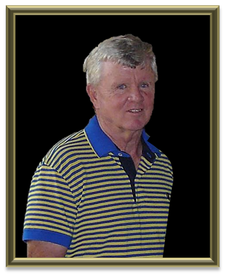 PGA Master Professional Michael Hebron PGA Master Professional Michael Hebron Decades ago Michael Hebron played a key role in orchestrating the first PGA Teaching and Coaching Seminar, bringing together instructors from across the country to share ideas on teaching methods. Following that event, Michael gained the nickname of "the teacher's teacher". Highly respected throughout the international golf community, Michael consults on golf instruction to PGA Switzerland, Italy, France, Finland, Canada, Japan and Sweden. He has given instruction clinics at 30 PGA of America sections. Through his dedication Michael earned the honored status of becoming the 24th PGA of America Master Professional. His book, See and Feel the Inside Move the Outside, was the first golf instruction book accepted as a PGA Master’s thesis. Since then, he has written hundreds of articles for leading golf magazines and authored 4 other books and 3 DVDs. Michael has appeared on The Charley Rose Show, Today Show, The Golf Channel and numerous local cable shows. Golf Magazine and Golf Digest have consistently named Hebron as a member (since their first listings) of America’s Top 50 Instructors. Over the years, Hebron has worked with many successful golfers from the PGA and LPGA tours and several national champions in America and abroad including three time men's major winners. He has also worked with many successful high school and college golfers—but Michael’s pride is working with club golfers. You can contact Michael through his website at http://www.michaelhebron.com/ or through his Facebook page at https://www.facebook.com/neurolearninggolf.live
Christopher Peters
3/8/2015 06:49:04 am
Just had to turn this OFF as it was inaudible. Not an impressive start to this site. 3/8/2015 09:28:57 am
Very sorry to read that Christopher and sad to read that you can gauge the quality of a whole site (that has hundreds of useful articles and resources) by a dodgy audio track on a YouTube video that wasn't up to your expectations. Hopefully you can get over it and discover some useful information on our site that will change your mind. Comments are closed.
|
Archives
June 2019
|
Proudly Supported By
Copyright © 2011 - 2018 Pro Tour Golf College
Website Managed By Golf Performance Media
All Rights Reserved
Website Managed By Golf Performance Media
All Rights Reserved
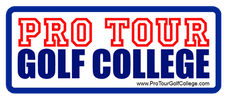
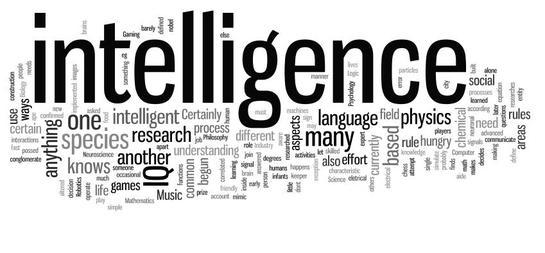
 RSS Feed
RSS Feed



